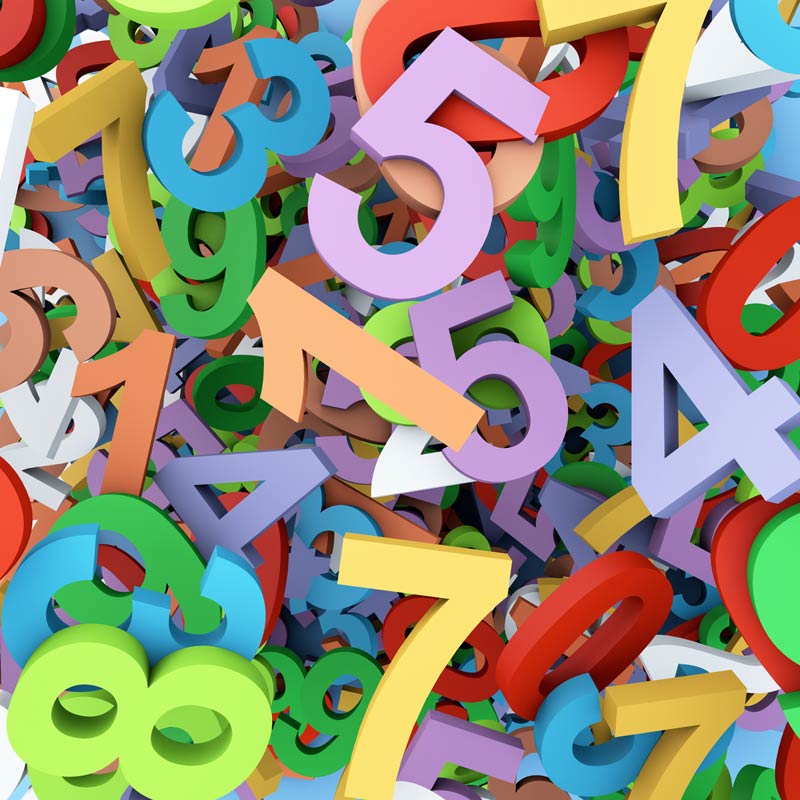Why It Pays to Taste Words and Hear Colors

While most of us see sights and hear sounds, some people also hear colors and taste words, a mysterious phenomenon called synesthesia, which occurs when stimulating one of the five senses triggers experiences in an unrelated sense. Now researchers suggest this unusual trait can provide numerous mental benefits, potentially explaining why evolution has kept it around.
Scientists first discovered synesthesia in the 19th century, noting that certain people saw every number or letter tinged with a particular color, even though they were written in black ink. This condition, known as grapheme-color synesthesia, is the most common of the more than 60 known variants of synesthesia.
Although synesthesia can occur due to drug use, brain damage, sensory deprivation and even hypnosis, research has revealed that 2 percent to 4 percent of the general population naturally experiences synesthesia, with the phenomenon tending to run in families. Recent work analyzing the brains of people with grapheme-color synesthesia has revealed it is caused by an increased number of connections between sensory regions of the brain.
A key question regarding synesthesia is why the phenomenon has survived when it might not seem to provide any benefit. Now scientists, in a review of past research in the field, are finding answers from those who have it — synesthetes.
For instance, synesthesia is purported to be seven times more common in artists, poets and novelists than in the rest of the population. Cognitive neuroscientist Vilayanur Ramachandran at the University of California, San Diego, and his colleagues suggest that mutant genes responsible for synesthesia might lead people to perceive links not only between seemingly unrelated sensations but also between seemingly unrelated ideas, leading to greater creativity.
Intriguingly, synesthetes at times also demonstrate remarkable memory abilities. For instance, British writer Daniel Tammet said that for him, each positive integer up to 10,000 has its own unique shape, color, texture and feel, and said he has used his synesthesia to memorize the mathematical constant pi to 22,514 digits. Scientists have suggested that synesthesia might be linked with savantism, the remarkable expertise, ability or brilliance in one or more areas at times seen in people with autism or other mental disorders.
In addition, researchers have found that number-color synesthetes are better than others at discriminating very similar colors, while mirror-touch synesthetes — those who experience tactile sensations on their own body when they watch someone else being touched — possess a more sensitive sense of touch. This suggests the senses of synesthetes may be enhanced in very subtle ways.
Sign up for the Live Science daily newsletter now
Get the world’s most fascinating discoveries delivered straight to your inbox.
Altogether, researchers suggest that synesthesia could yield vital clues toward a better general understanding of the human mind.
"Synesthesia appears to rely on many of the same mechanisms present in all individuals," neuroscientist David Brang at the University of California, San Diego, told LiveScience.
Brang noted that synesthesia may be an extreme variant of multisensory processing — that is, how the brain processes information from multiple senses at once.
"Understanding the differences between this exaggerated type of multisensory processing can tell us about the inner workings of normal multisensory processes as well," Brang said. He added that synesthetes might also help us better understand the neuroscience of creativity.
Brang and Ramachandran detailed their findings online Nov. 22 in the journal PLoS Biology.
Follow LiveScience for the latest in science news and discoveries on Twitter @livescience and on Facebook.











